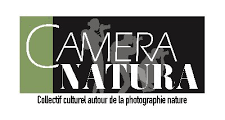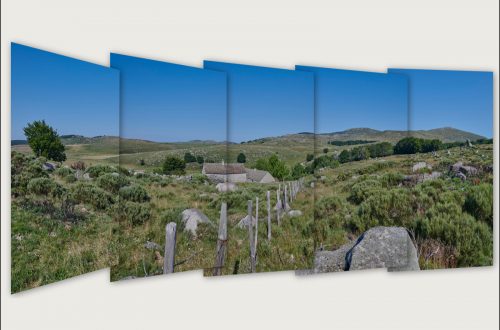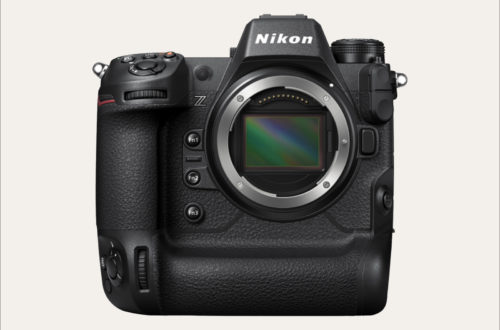Ethical practice in nature photography
Any photographer frequenting natural places to practice his hobby, whether landscape photography, or wildlife photography must know the principles of an “ethical practice in nature photography” of his activity. Nature and animal photography has developed a lot in recent years. Digital photography through its evolution has facilitated this development. The proliferation of social networks and sharing platforms has also contributed to this growth.
This development has had positive sides by making it possible to better understand the living world. But it also had negative sides by arousing many vocations.
Many amateur photographers have embarked on this activity without knowledge of the species or precautions in the places frequented. It is therefore essential to remember the essential rules of a good practice of our favorite activity.
The LPO, the Camera Natura Association and the magazine Image & Nature have initiated a joint reflection on the role and approach of nature photographers at a time of the collapse of biodiversity and climate change. This reflection resulted in the drafting of a manifesto for an ethical practice of nature photography, which professionals and amateurs are invited to respect and promote.
See Oiseau Magazine n° 148 – Autumn 2022



Manifesto for an ethical practice of nature photography
1 – I respect nature
Nature photographer imposes himself not to disturb the species and the environments and to limit his creative freedom to behaviors and actions which do not generate impacts for the fauna and the flora.
The systematic search for spectacular images, shots motivated by the rarity of a species or solely for reasons of competition or commercial desire, are constrained by an ethical practice of nature photography.
The author will privilege the renewal of the glance or the originality of the photographic observation.
2 – I apply the rules
The practice of nature photography is considered in the light of the principles of precaution and preservation established by official legislation, the recommendations issued by scientific structures and nature protection associations.
The photographer undertakes to consult, respect and make known the laws and requirements for the protection of species and their habitats. Manipulations carried out without the expert help of a naturalist or a reference scientist and outside an authorized framework of study, are to be prohibited, as are feeding and staging.
3 – I know the subject
Susceptibility to disturbance by humans varies between species and seasons.
A good knowledge of the living world, and in particular the careful preliminary study of the biology and behavior of the species to be photographed, is the best guarantee of not being the cause of nuisance or habitat degradation.
Failing this, the advice or the company of an experienced naturalist is strongly recommended.
4 – I share knowledge
The photographer promotes a realistic look at the living and enriches studies on the state of nature.
Nature photography has been an essential tool for many scientists for more than a century now and a reference base for philosophers, sociologists and historians to whom it has enabled a better understanding of the natural world and the relationships man with his environment.
It helps to raise public awareness through access to knowledge and encourages at respect for the alive.
Another organization to which I am a member, and which works for an ethical practice in nature photography.
Nature First is a global movement of nature photographers committed to putting nature before our photography to preserve our wild places. Nature First is built on a set of fundamental principles. These help communicate how each of us can responsibly enjoy nature photography. The Nature First Principles were developed to help educate and guide professional and amateur photographers in sustainable, minimal impact practices that will help preserve nature’s beautiful places. #nature first.

The Nature First principles of ethical nature photography
- Prioritize the well-being of nature over photography.
- Educate yourself about the places you photograph.
- Reflect on the possible impact of your actions.
- Use discretion if sharing locations.
- Know and follow rules and regulations.
- Always follow Leave No Trace principles and strive to leave places better than you found them.
- Actively promote and educate others about these principles.
Other Links





